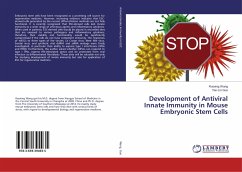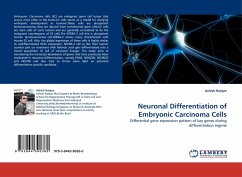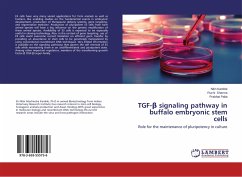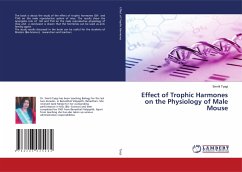Mouse embryonic stem (ES) cells demonstrate two unique properties (pluripotency and self-renewal) that facilitate in vitro studies of cellular differentiation into cell types of all three embryonic germ layers. Much of the recent interest in ES cell research comes from the possibility of developing cell replacement therapies for a wide range of human disorders including neurodegenerative diseases and endocrinopathies. A variety of different cell types have been generated from ES cells, most commonly via the generation of cellular aggregates called embryonic bodies (EB). Their conversion into hormone cells of the pituitary gland has not yet been investigated. This project focused on the generation of growth hormone (GH) positive cells from mouse ES cells.In conclusion, the treatment of EB and EBM bodies with differentiation media conditioned with GH3 cell media did not significantly enhance the differentiation frequency compared with basal differentiation media. The identificationof GH, PRL and TSH positive cells reveals a novel differentiation pathway of mouse ES cells and opens future research on human ES cells for cell replacement therapy for human pituitary disorders.








